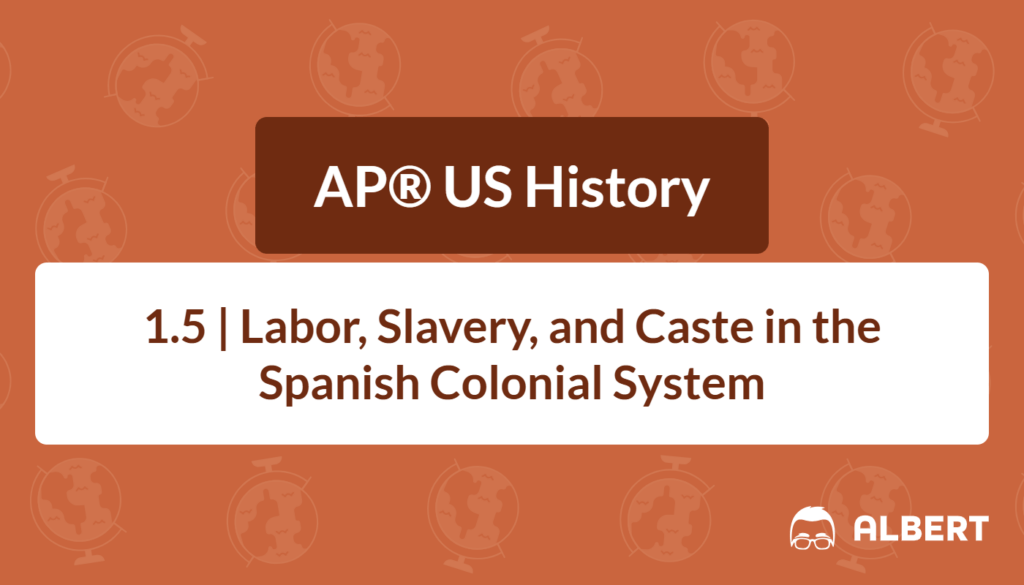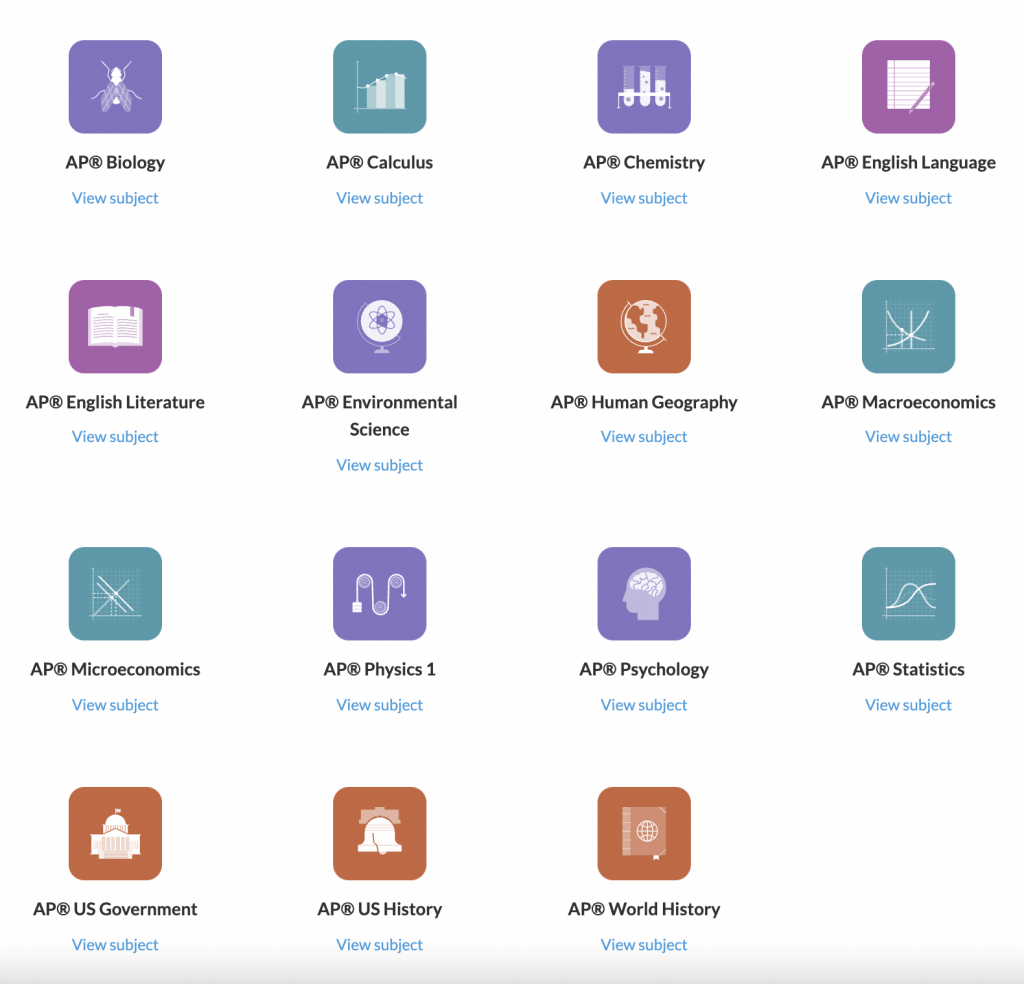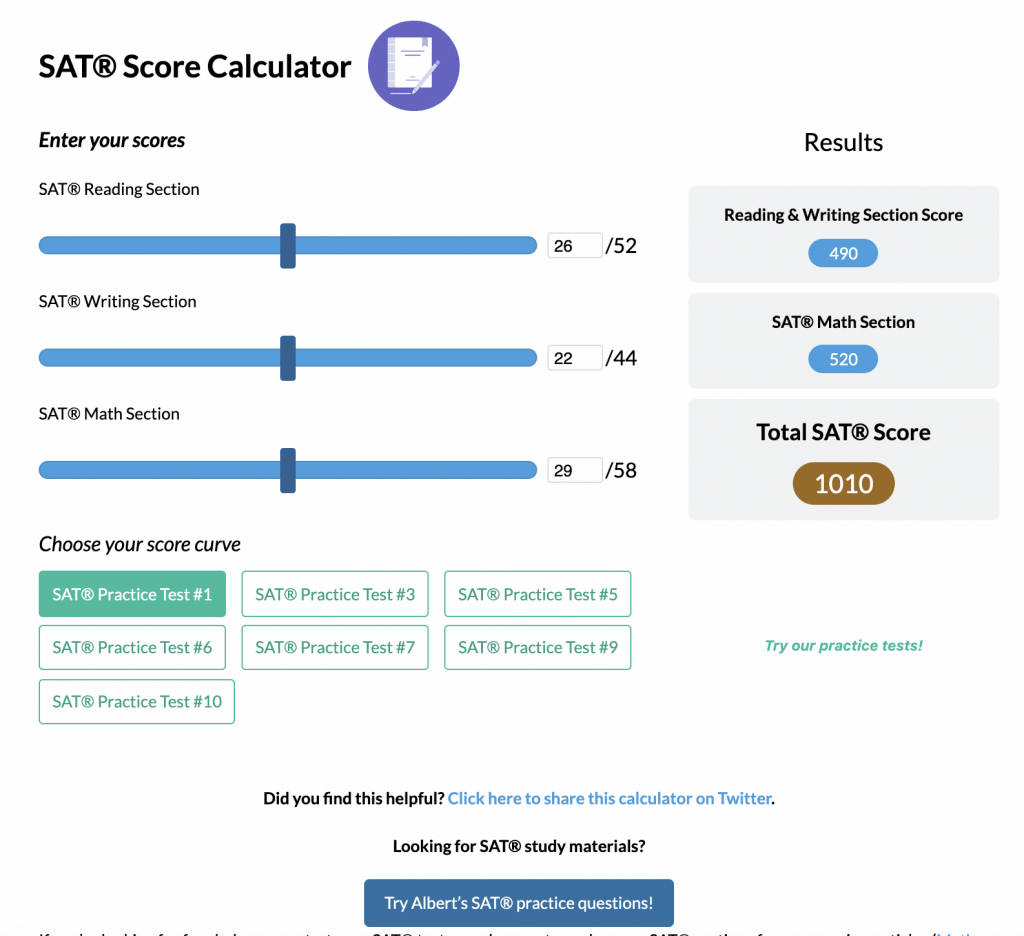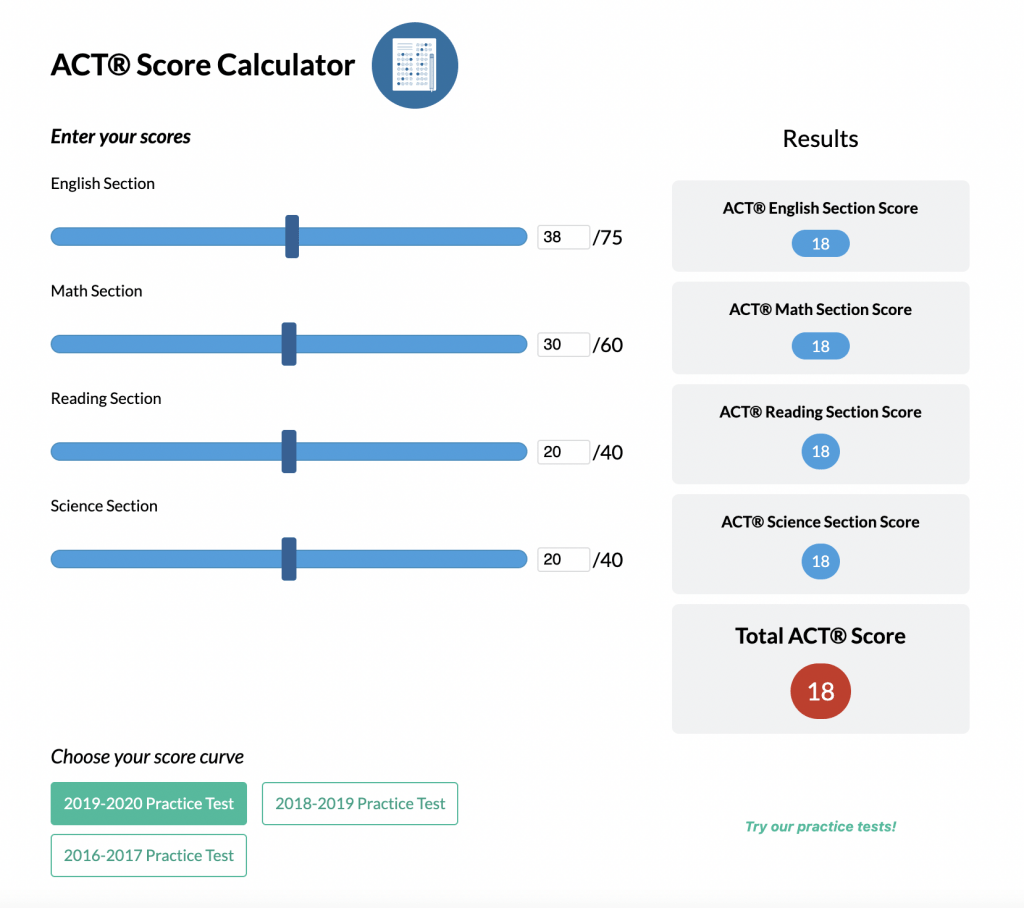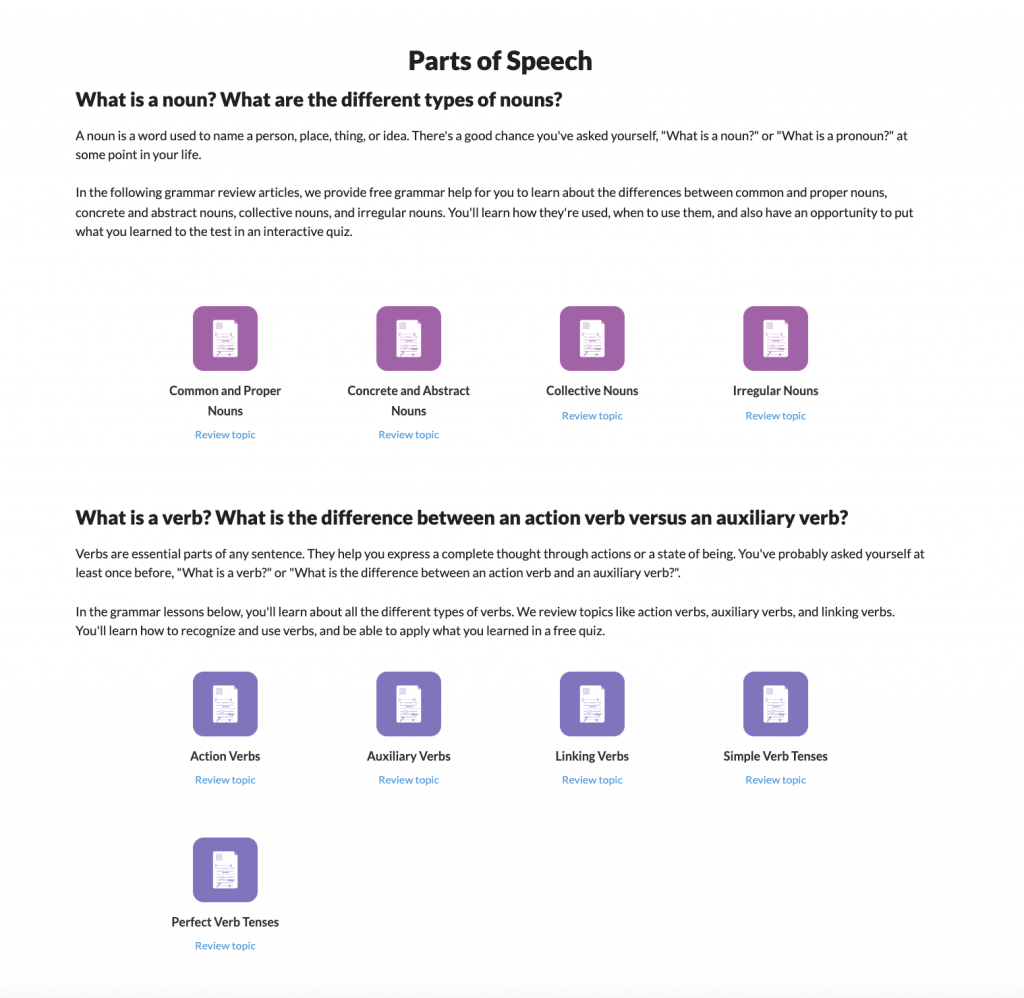What We Review
Labor, Slavery, and Caste in the Spanish Colonial System: An AP® US History Study Guide
Introduction
When Spain expanded its empire into North America, it dramatically changed the region’s societies and economies. Understanding how the Spanish colonial labor system, African slavery, and the caste system worked is important for AP® US History. These systems shaped who held power, how wealth was created, and how communities developed in the Spanish colonies.
By learning about systems like the encomienda, the arrival of enslaved Africans, and the intricate social hierarchy, it becomes easier to see how colonial life worked and why some of these effects are still felt today.
Spanish Colonial Labor Systems
The Spanish aimed to gain wealth quickly from their colonies. However, they needed lots of labor. To solve this, they created systems that controlled and exploited local people.
The Encomienda System:
- The encomienda was a legal system where Spanish officials (called encomenderos) were granted the right to collect tribute and use the labor of local Native Americans.
- In return, encomenderos were supposed to protect the Native Americans and teach them Christianity.
- The reality was often different: Native laborers worked on plantations (haciendas) or in dangerous mines, facing harsh conditions.
Understanding the Encomienda System
Under the encomienda system, Spanish settlers were granted control over land and the labor of local Native American populations. In return for their labor—often in agriculture or mining—the Indigenous people were supposed to receive protection and basic necessities. In practice, however, the system led to severe exploitation. Encomenderos collected most of the crops or minerals produced, while Native laborers worked under harsh conditions with few rights. Disease, overwork, and mistreatment caused significant population decline, especially on large estates known as haciendas.
The Role of African Slavery in Spanish Colonies
Over time, the Native American population dropped due to disease and abuse, so the Spanish needed more workers. Therefore, they turned to Africa.
European Involvement in the Transatlantic Slave Trade:
- Europeans, including the Spanish, worked with some West African leaders to buy enslaved people.
- Slave traders forced enslaved Africans onto ships and transported them across the Atlantic to the Americas in a journey known as the Middle Passage.
Enslaved Labor in Spanish America:
- Africans replaced Native workers in mines and on sugar, coffee, and tobacco plantations, especially in the Caribbean and northern South America.
- Slavery became a central part of the Spanish colonial economy.
The Journey of an Enslaved African in the Spanish Colonies
Many enslaved Africans were captured during conflicts or raids in West Africa and sold to European traders. They were forced onto overcrowded ships and endured the brutal Middle Passage—a transatlantic journey marked by disease, malnutrition, and high mortality rates. Those who survived were brought to ports in the Americas, such as Havana or Cartagena, where they were sold into slavery. In Spanish colonies, enslaved people were put to work in mines and on plantations, facing harsh conditions and having no freedom or legal protections.
Check Your Understanding
Why did the Spanish turn to enslaved Africans for labor in the Americas?
As Native populations declined rapidly due to disease and overwork, Spanish colonists faced a growing labor shortage in agriculture and mining. To meet these demands, they increasingly relied on the transatlantic slave trade, importing enslaved Africans who had some resistance to Old World diseases and were forcibly put to work throughout the colonies.
The Spanish Colonial Caste System
The Spanish did not treat all people equally. Instead, they set up a caste system, sometimes called the sistema de castas, that put people into strict social classes.
Key Features:
- Status depended on race and birthplace (in Spain or the colonies).
- The system specifically labeled combinations of European, Native American, and African ancestry.
Main Groups:
- Peninsulares: Born in Spain, top of the social pyramid.
- Creoles (Criollos): Spanish descent, but born in the Americas.
- Mestizos: Mixed European and Indigenous ancestry.
- Mulattoes: Mixed European and African ancestry.
- Indigenous peoples: Native Americans, often forced into labor.
- Enslaved Africans: Lowest status and fewest rights.
Understanding Caste Status in Colonial Spanish America
In the Spanish colonial caste system, a person’s status was determined by ancestry. For example, if Maria’s father was Spanish—either born in Spain (Peninsular) or in the colonies (Creole)—and her mother was Indigenous, Maria would be classified as a Mestiza. As a Mestiza, Maria would occupy a middle position in the social hierarchy: she would not enjoy the full rights and privileges of Europeans, but she would hold more status than Native peoples or those who were enslaved.
Similarly, if Diego was the child of an African and a European parent, he would be classified as a Mulatto. Mulattoes were ranked below Spaniards and Mestizos but above fully enslaved Africans in the colonial hierarchy. These caste categories shaped people’s legal rights, social mobility, and daily treatment under Spanish rule, reinforcing a rigid system of racial inequality across the Americas.

How These Systems Shaped Colonial Society
The labor, slavery, and caste systems had deep impacts on colonial life, influencing both economics and society.
Economic Impact
- Agriculture: Plantations and haciendas grew crops like sugar, tobacco, and coffee using forced labor.
- Mining: Silver and gold were extracted with Native and African labor.
- Wealth: Much of the economic benefit went to Europeans and the Spanish Crown, not to laborers.
Social Impact
- Segregation: Strict social classes limited interaction and social mobility.
- Opportunities: Peninsulares and Creoles could own land and achieve power; others faced legal and cultural barriers.
Long-Term Effects
- Racial and class divisions did not disappear with independence. These original systems influenced modern Latin American society, with lasting effects on wealth, status, and opportunities.
Quick Reference Vocabulary Chart
Here’s a handy chart to clarify the main terms you should know for the AP® US History exam:
| Term | Definition |
| Encomienda | Spanish system that gave settlers the right to use Native American labor for agriculture/mining in exchange for “protection.” |
| Hacienda | Large estate/plantation in Spanish colonies, usually worked by Native or enslaved labor. |
| Encomendero | Spanish person who received an encomienda grant and controlled Native laborers. |
| Middle Passage | Forced voyage of enslaved Africans across the Atlantic to the Americas. |
| Transatlantic Slave Trade | Trade network transporting enslaved Africans to the Americas. |
| Peninsulares | Spaniards born in Spain; highest-ranking social group in the colonies. |
| Creoles | People of Spanish descent born in the Americas; below Peninsulares in status. |
| Mestizos | People of mixed European and Indigenous ancestry. |
| Mulattoes | People of mixed European and African ancestry. |
| Casta System | Spanish colonial system organizing society by race and birthplace. |
| Indigenous peoples | Native Americans living under Spanish rule, often subject to labor systems. |
| Enslaved Africans | Africans forcibly brought to the Americas as laborers with no legal rights. |
Conclusion
In summary, the Spanish colonial labor system, African slavery in Spanish America, and the Spanish colonial caste system created a rigid society focused on resource extraction and racial hierarchy. These systems played a major role in shaping economics and social order, both in colonial times and beyond. Understanding them is key to mastering AP® US History themes about power, labor, and inequality in early America.
For further study, try to connect these concepts to other colonial powers and to later societies in Latin America. Comparing how labor and caste influenced modern nations will deepen your understanding of their importance.
Remember: Knowing how the Spanish Empire set up these systems helps explain many features of American and Latin American history. Good luck on your AP® US History exam!
Sharpen Your Skills for AP® US History
Are you preparing for the AP® US History test? We’ve got you covered! Try our review articles designed to help you confidently tackle real-world AP® US History problems. You’ll find everything you need to succeed, from quick tips to detailed strategies. Start exploring now!
- AP® US History: 1.6 Review
- AP® US History: 1.7 Review
- AP® US History: 1.8 Review
Need help preparing for your AP® US History exam?
Albert has hundreds of AP® US History practice questions, free response, and full-length practice tests to try out.

